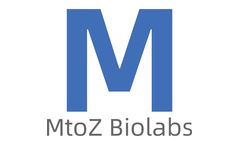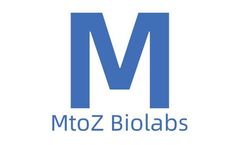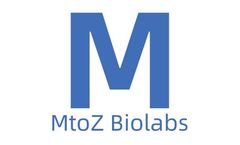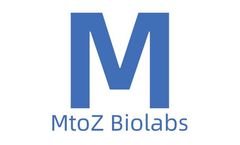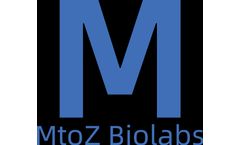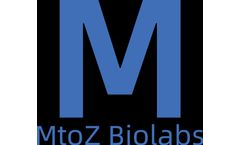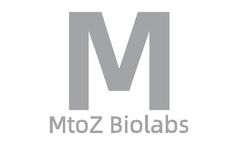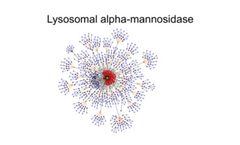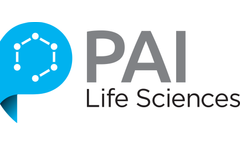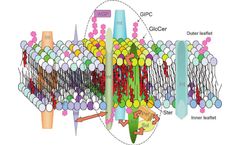Refine by
Lc Ms Articles & Analysis: Older
28 articles found
High-Performance Liquid Chromatography (HPLC)(1) HPLC can be used to quantitatively analyze various components in the medium, such as amino acids, sugars, vitamins, and other small molecules.(2) This technique provides high resolution and can separate and quantify individual components in complex mixtures.2. Mass Spectrometry (MS)(1) Mass spectrometry is a highly sensitive and ...
Proteomic AnalysisLiquid chromatography-tandem mass spectrometry (LC-MS/MS) can be used to identify and quantify collagen, such as labelled (like isotope labelling) or label-free (like label-free quantification) methods.2. ...
This method requires specific antibodies and has high sensitivity and specificity, but the cost is relatively high.Mass SpectrometryMass spectrometry (such as LC-MS/MS) can provide highly accurate qualitative and quantitative analysis of collagen and its degradation products, but the equipment cost is high and the operation is complicated.Each ...
For example, some proteins may be upregulated or downregulated in health and disease states, or between normal and treated cells.Detection MethodsThe most commonly used technique is mass spectrometry, particularly liquid chromatography-tandem mass spectrometry (LC-MS/MS). Additionally, two-dimensional electrophoresis and Western blotting are ...
Here we discuss the key tools and techniques used for ADC characterization. Mass Spectrometry (MS) Mass spectrometry is indispensable in the field of ADC characterization due to its ability to provide detailed information on the molecular composition and structure of ADCs. ...
Firstly, the protein sample needs to be enzymatically digested, and then the ubiquitination site is analyzed by liquid chromatography-tandem mass spectrometry (LC-MS/MS). Finally, the ubiquitinated proteins and their ubiquitination sites can be determined by advanced mass spectrometry data analysis (such as database search and protein ...
Subsequently, different 5' end structures are identified by liquid chromatography-mass spectrometry (LC-MS), and the capping rate is calculated.(2) CharacteristicsHigh resolution and accuracy; but this method requires high quality and purity of the sample, and is easily affected by enzyme activity. ...
The 5' cap is a critical quality attribute (CQA) of IVT mRNA, which needs to be thoroughly characterized during product and process development.The LC-MS-based method developed by Michael Beverly and others in 2016 has become the standard method for confirming the 5' cap and measuring capping efficiency. ...
In recent years, an affinity capture LC-MS/MS method has been developed for detecting total antibodies. It combines the characteristics of ELISA and LC-MS/ MS. ...
Current mass spectrometry techniques include liquid chromatography-mass spectrometry (LC-MS), gas chromatography-mass spectrometry (GC-MS), and capillary electrophoresis-mass spectrometry (CE-MS). LC-MS has the advantage of high sensitivity and high resolution and is capable of detecting more ...
Creative Proteomics offers bile acid analytical methods, such as Liquid Chromatography-Mass Spectrometry (LC-MS) and Gas Chromatography-Mass Spectrometry (GC-MS), that can accurately characterize and quantify the diversity of bile acid species and help researchers delve deep into the nuances and explore their complex roles in health and disease. ...
Liquid Chromatography-Mass Spectrometry (LC-MS) Among the cornerstones of bile acid analysis methods stands the formidable combination of liquid chromatography-mass spectrometry (LC-MS). LC-MS pairs the separation power of liquid chromatography with the molecular identification and quantification ...
Using human rectal cancer cells (CRC), Derry et al. applied DARTS technique with LC/MS and MASCOT data analysis methods to demonstrate that GSE can lead to an overall downregulation of translation-related proteins and strongly inhibit the PI3k-Akt-mTOR signaling pathway. ...
Now, with the continuous improvement and upgrading of technology, liquid chromatography-mass spectrometry (LC-MS) is also increasingly used for the qualitative or quantitative analysis of HCP in the purification process. However, it may be difficult to detect HCP directly by LC-MS because the concentration difference between HCP ...
Liquid Chromatography Masss Pectrometry (LC-MS) LC-MS has been widely used for ADC analysis. Preprocessing is required for ADC analysis using LC-MS, and several recent studies have focused on optimizing preprocessing in LC-MS. ...
PAI has access to a complete chemistry laboratory facility through a service agreement with the Infectious Disease Research Institute located in the same building. In addition to fume hoods, rotary evaporators, and glassware, we are able to use major equipment including a Bruker Avance 300 MHz NMR spectrometer, Agilent 1100 LCMS, preparative HPLC systems, automatic flash chromatography system, ...
The higher the level of ceramide in a patient's blood, the higher their chances of developing cardiovascular symptoms. Creative Proteomics uses LC-MS/MS technology to simultaneously determine the content of more than 30 ceramides, providing technical support for comprehensive ceramide assay. ...
Phytochemical Analysis of Extracts from Three Clauseneae Plants (Tanruean et al., 2021) Creative Proteomics's LC-MS/MS-based platform enables the detection and quantification of phytochemicals. ...
Creative Proteomics has established an analytical platform based on LC-MS/MS technology for vitamin identification and content ...
To better serve researchers in the pharmaceutical and clinical fields, Creative Proteomics is equipped with a nano-LC-MS/MS technology platform to provide high-quality sphingolipid identification and quantitative analysis services to advance disease mechanism research and related drug discovery processes. ...

